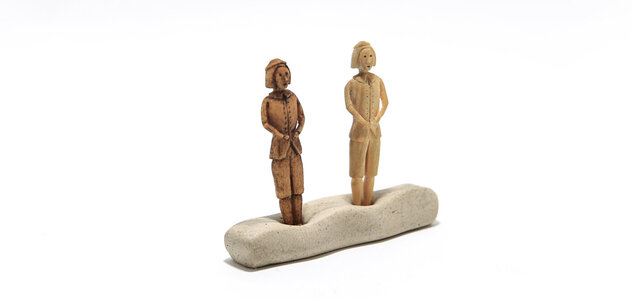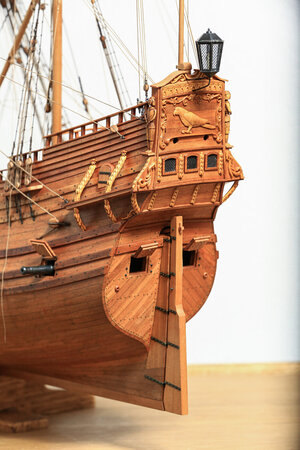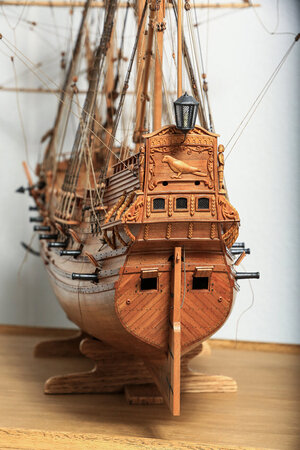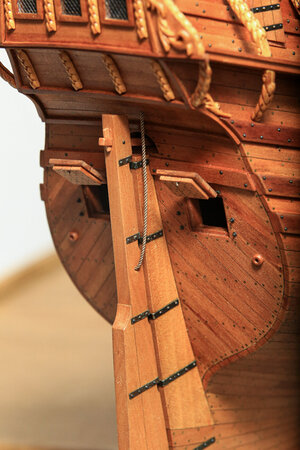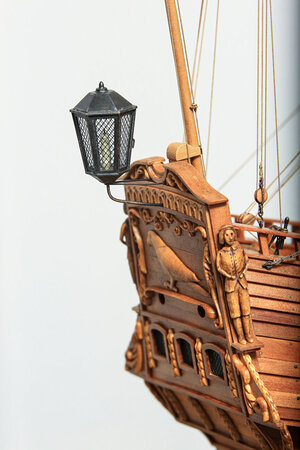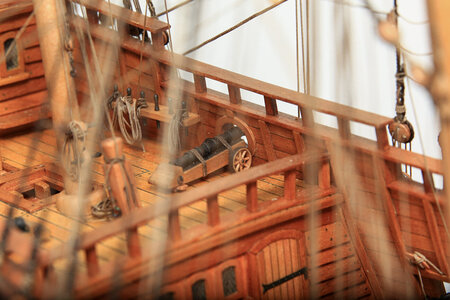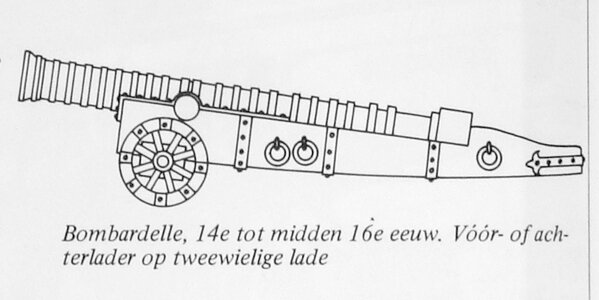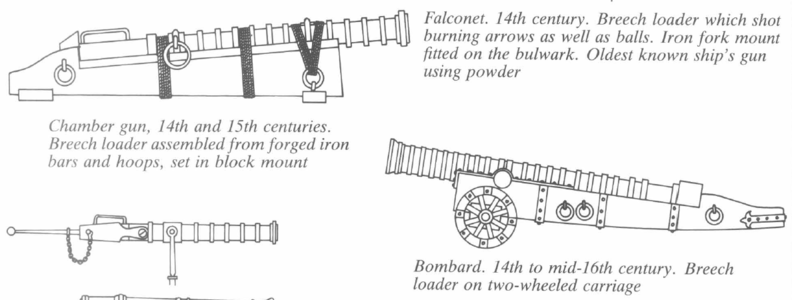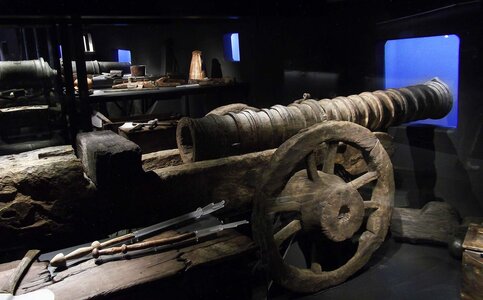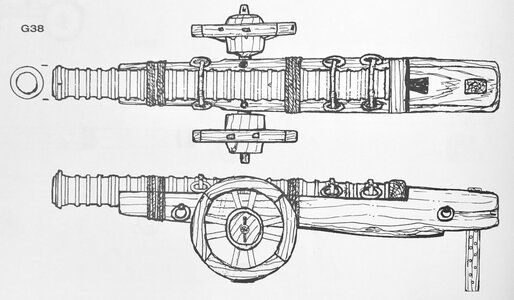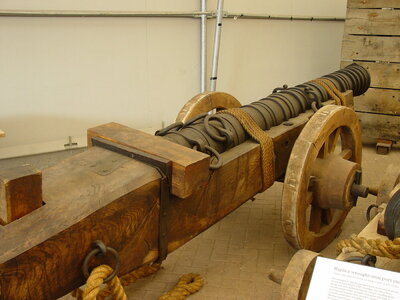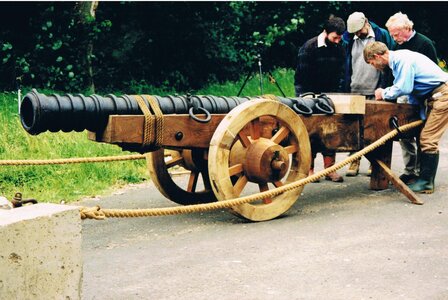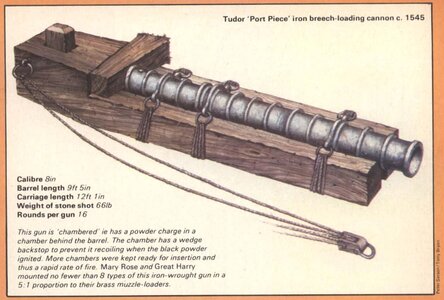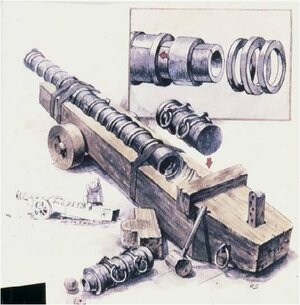@Dubz
Hi Dirk,
Thank you very much for your comment.
For Tytan threads I always use 2502 - Natural.
In fact Tytan 360 threads are available only in 2 colors - white and natural color.
I found 2502 working great for final color I'm aiming for.
For Tytan 250, 120, 60 or 40 I'm also using 2502.
I stoped using Talia. I found Tytan more suitable for me and final rope looks much better, but I was also using some beige, off-white colors... sometimes beige - light grey mix.
Regarding second part of your post.
"... which is Main Mast Stay 3x16 thread no. 120, gave me 1,65mm rope." as far I remember this refer to Talia made rope, which I didn't use.
I was not happy with rope look made of Talia... and diameter.
So stays are made actually also using Tytan treads... I don't have my notes with me... but it was Tytan 40... and 3x5 or 3x6... I think... not more or less for sure.
Anyway... main stay finally has a little bit less then 1,6mm... probably somewhere around 1,58mm. So very close to 9 inch.
You referred to fantastic publication, which I've never seen before. Already saved to my stash

It's hard to not agree with D. Sanders who is probably walking encyclopedia of rigging.
I can't recall now from where... but I also remember reading something about rope diameter and technical abilities through different ages (but I don't think it was D. Sanders)
...and I had this in the back of my mind that it was some certain rope diameter (around 73mm / 9 inch circumference) where they have limited ability to make.
When I was deciding about main stay for my model I was considering to use cable as a main stay (I still have cable rope made for this purpose), but then being so close to 9 inch. I bet on hawser. For fore stay or other stays I didn't have doubt to use hawser.
I was also looking at some other models, drawings, plans... etc... and yes for bigger vessels with much thicker stays I see they are made of cables.
However, some of them like old model of Hollandische Zweidecker... still has right hand rope used for main stay... but in other hand anchor rope it's hawse too... not a cable... so it doesn't make sense

Beside D. Sanders publication and other source, which I can recall (most likely based on D. Sanders) I've never seen such detailed explanation regarding stays or rigging.
I guess it's most of the time neglected due to doubts of the other authors (???)
Anyway... it's always great to discover some new information.
It's possible to change main stay on my model without damage. I didn't use glue to attach stay. It's made this way... just in case.
However, this process will be problematic... but not impossible.
I think I will keep this way... due to such a close match to 9 inch. circumference.
By the way Dirk, you are building beautiful models! Really high class!
Cheers,
Matt





 was cut out from brass on water-jet cutter... long time ago I had this idea to make my life easier and I found some local company with this machine. Simple drawing in Corel Draw and after few days it was ready... it cost me almost nothing for cutting, because it was so small and fast... basically I just paid for brass
was cut out from brass on water-jet cutter... long time ago I had this idea to make my life easier and I found some local company with this machine. Simple drawing in Corel Draw and after few days it was ready... it cost me almost nothing for cutting, because it was so small and fast... basically I just paid for brass 


